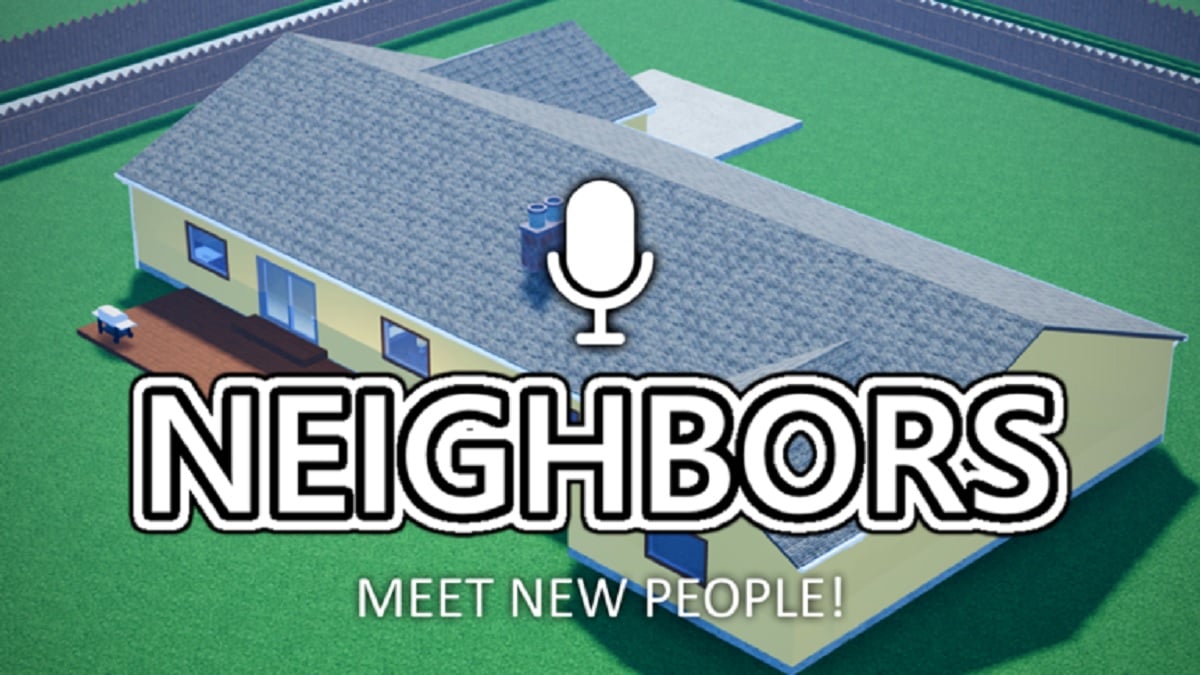SEVEN: THE DAYS LONG GONE ON PC
On paper, Seven: The Days Long Gone sounds brilliant. An open-world free-roaming RPG stealth game played from an isometric perspective, its post-apocalyptic setting, emphasis on Thief-like stealth mechanics, and a plethora of side quests sound like a recipe for success. Unfortunately, in practice, it never quite fulfills that potential.
But before we get into that, let’s start off with something the game certainly does get right: its world-building and accomplished narrative. Set on Peh, an island divided into different public and private sectors, players take control of a thief named Teriel. There are many sections of this open-world where you are not welcome because of your low class, but being a thief with a talent for lockpicking and parkour, that’s not an issue for Teriel. The public sectors are full of the everyday hustle and bustle of townsfolk, many of whom have interesting stories or problems that form various side-quests, and there’s also a fair share of vendors from which useful items can be bought. As you progress through the short campaign, you uncover more about Peh’s past and the tyrannical figures trying to control it. Seven manages to lead you through a genuinely intriguing narrative involving demons, corrupt religions, and political conspiracy. Teriel himself is a cockney thief with a personality that does become more interesting as the plot unravels, too.
However, while the world-building of Seven is good, its actual design is not. Seven’s isometric design means that its camera often gets in the way when navigating urban areas. The problem is that enclosed environments like buildings are structured vertically. This makes it incredibly frustrating when trying to travel through buildings because everything above your character becomes transparent. You’ll spend a lot of time bashing your head on the ceiling when trying to jump to another area because you won’t even realize that there is a ceiling. Sometimes, however, if the ceiling is too far above your head it won’t turn transparent; not only will you not be able to see yourself, but you won’t be able to see the enemy ahead of you. Actually, regardless of ceilings, the isometric camera always makes it difficult to see the enemies ahead of you. Even if you zoom the camera out as far as it goes, the enemies’ field of vision goes beyond what the camera can show you. The game does feature a sense mode which lets you move the camera around, but it’s no fun to do that over and over again. Using the isometric camera in a stealth game isn’t inherently a bad thing. It’s the poor compatibility between the camera and the claustrophobic design of certain areas that cause these annoying moments.

Unfortunately, this isn’t the only issue with the world design. Just moving from point A to point B is a test of patience. Each new main quest requires you to go to a new part of the world, and no matter what quest you’re on, no matter which area you’re tasked to visit, it is a complete drag trying to get there. Every area of the world is blocked off constantly by mountains, oceans, giant buildings or guarded checkpoints. Forget the waypoints that the game gives you – they will not help! I can understand that the game is non-linear and is supposed to encourage you to explore the world, but just the smallest sense of direction would have alleviated some of the frustration that comes with traveling in this game. A good way to encourage freedom is to have allowed you to use a selection of multiple paths to get to where you need to go, but there’s usually only one. Oftentimes the right way can sometimes be in the completely wrong direction. There’s no rhyme or reason to it either; finding the correct path to take simply boils down to dumb luck. And this frustration isn’t just exclusive when going from town to town, as trying to get to a specific place within a settlement presents the same problems. I can’t understate this enough: trying to get around in Seven is just painful.
Fast travel isn’t much of a help either. To activate the fast travel network for a specific area, you have to hack the branch’s overseer, and then activate that area’s individual fast travel panels. That would be fine if the fast travel panels were in decent locations, but a lot of them are in remote, out-of-the-way locations, some of which contain enemies just waiting to kill you. It’s better than no fast travel system at all, but it’s just not as convenient as it should be.
In terms of actual gameplay, sadly things don’t improve much in this department, either. Seeing as Seven puts a huge emphasis on freedom of choice, this is also the case with its gameplay. With all of the patrolling guards and security cameras you’ll see around, your time in the private sectors of Peh will most likely be under stealth. You’re certainly free to try and fight your way through, but you may have a much more difficult time. Being caught isn’t always fatal, as you can be crafty and make an escape. There are options to play the assassin, options to hide in the shadows, and many more; it’s great that you can go into most situations however you want. Ultimately though, there is one option that is by far the easiest: looting enemies for their garments and equipping them as a disguise. In fact, because most private sectors require a certain uniform that can be acquired right at the start of the game, you can bypass a majority of the games’ stealth sections. And when the alternative options involve me being constantly spotted because of the limiting camera, you can bet I’m going to be using the OP disguises every time.

Seven’s AI code is also hilariously bad at times. It mainly comes down to odd design choices in regards to what triggers cause enemies to become hostile. In one instance, three builders instantly spotted me and blindly ran towards me. After throwing a punch in defense, all three of them were silently running around in circles. In another case, I walked into a random house by accident. Four people just looked at me for roughly 20 seconds while I stood there doing nothing. Out of nowhere, they all started attacking me, and I ended up dying. The lack of certain triggers can also be a big immersion breaker. There was an instance where a guard would not let me pass through a security gate, so in full sight of him, I climbed up and jumped right over the gate – he didn’t react at all. The oddest design choice is how the A.I. react when you perform the simple act of crouching. If you’re seen crouching in public sectors, literally everyone will go ballistic. Climbing up buildings, jumping from rooftop to rooftop, no problem. But a whole lot of commotion being triggered by merely crouching doesn’t make sense and is hugely frustrating.
None of this would be a huge killer if Seven’s combat was engaging, but sadly that isn’t the case. A majority of enemies that will attack you as you traverse the world can be avoided entirely by just running past them. The small amount of loot that you are rewarded after taking the time to defeat them usually isn’t worth it. Running won’t save you from the few boss battles that this game has, which can instead be easily overcome by just buying health potions. It’s a shame, too, as Seven does contain a fairly decent upgrade system. Rather than a traditional leveling system, you make Teriel stronger by finding chips that are hidden around Peh that unlock new spells as well as passive abilities. And there is, of course, a multitude of equipment to acquire that gradually increases your power as you go. No upgrades make you feel dramatically stronger, but you can slowly see your numbers growing higher as you progress through the game. This is all well and good, but when there are only a few forced fights in the game (that can easily be exploited with an excess of health potions that are cheaper and easier to obtain than new equipment and upgrades) it makes those systems feel a little redundant.
Hacking is one part of Seven’s gameplay that does deserve praise. It’s simple but plenty of fun. Hacking is performed in real time, meaning as you take moves all of your enemies will move around you. Even if you’re disguised, if enemies are around you for long enough they will eventually catch on. It can lead to stressful situations where you end up making mistakes because you’re put under pressure. All your doing is solving simple number puzzles or completing a short maze, but it’s certainly a compelling minigame.
There are a few parts during Seven’s main quest that take you outside of the main game world for short instances. Going through these straightforward, linear sections where the story was fed to me highlighted the best parts of the game: the world-building, its pretty art style, and its well-written characters. Another enjoyable aspect of the game is its myriad of side quests. A lot of them offer cool stories within themselves that help flesh out the game’s lore, but they suffer from all of the same issues that the main game does. It’s hard enough to travel the world as it is, let alone introducing new hard-to-reach places to stop off at along the way. And since upgrading Teriel isn’t entirely necessary, the rewards that you get from the side quests seem kind of pointless.
Seven’s narrative is certainly its main draw and rescues the often woeful gameplay. The lackluster stealth and bland combat are big issues, as is the frustrating world design. Too often, Seven feels like it’s actively trying to make me stop playing the game – and I really did want to stop. If you’re someone with a lot of patience, you may be able to push your way through Seven’s main campaign and enjoy it to an extent. If not, you may want to avoid this one.
Score: 2/5 – Poor
Pros
| Cons
|













Updated: Dec 16, 2017 02:57 pm